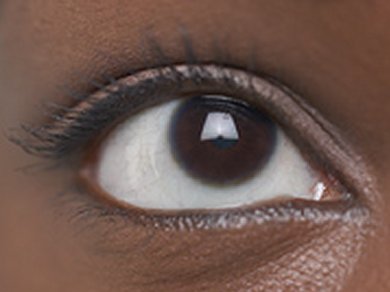Dendrimers, highly branched macromolecules, have been extensively explored as drug delivery systems because they present a large number of functional groups on their surface. Thus, when conjugated to drugs through proper chemical spacers, dendrimers allow the controlled and sustained release of therapeutics.
Zheng-Rong Lu, Case Western Reserve University, Cleveland, OH, USA, and co-workers explored the use of lysine dendrimers as a carrier for 5-aminosalicylic acid (5-ASA). This compound is an FDA-approved drug that, in animal models, was shown to ameliorate the degeneration of the retina, the layer of tissue that lines the inner surface of the eye. By using a 4-formylbenzoate (FB) Schiff base spacer, the researchers conjugated 5-ASA to nanoglobules, a class of lysin dendrimers with an octa(3-aminopropyl)silsesquioxane core. Thanks to this strategy, the scientists obtained a water-soluble 5-ASA dendrimer conjugate (AGFB–ASA), which releases 5-ASA in a prolonged and controlled manner upon hydrolysis of the Schiff base spacer.
When injected into mice suffering from retina degeneration, AGFB–ASA exerted a longer therapeutic effect than the one obtained when treating the mice with free 5-ASA.
- Synthesis and evaluation of a nanoglobular dendrimer 5-aminosalicylic acid conjugate with a hydrolyzable Schiff base spacer for treating retinal degeneration,
Xueming Wu, Guanping Yu, Chengcai Luo, Akiko Maeda, Ning Zhang, Da Sun, Zhuxian Zhou, Anthony Puntel, Krzysztof Palczewski, Zheng-Rong Lu,
ACS Nano 2013.
DOI: 10.1021/nn4054107




